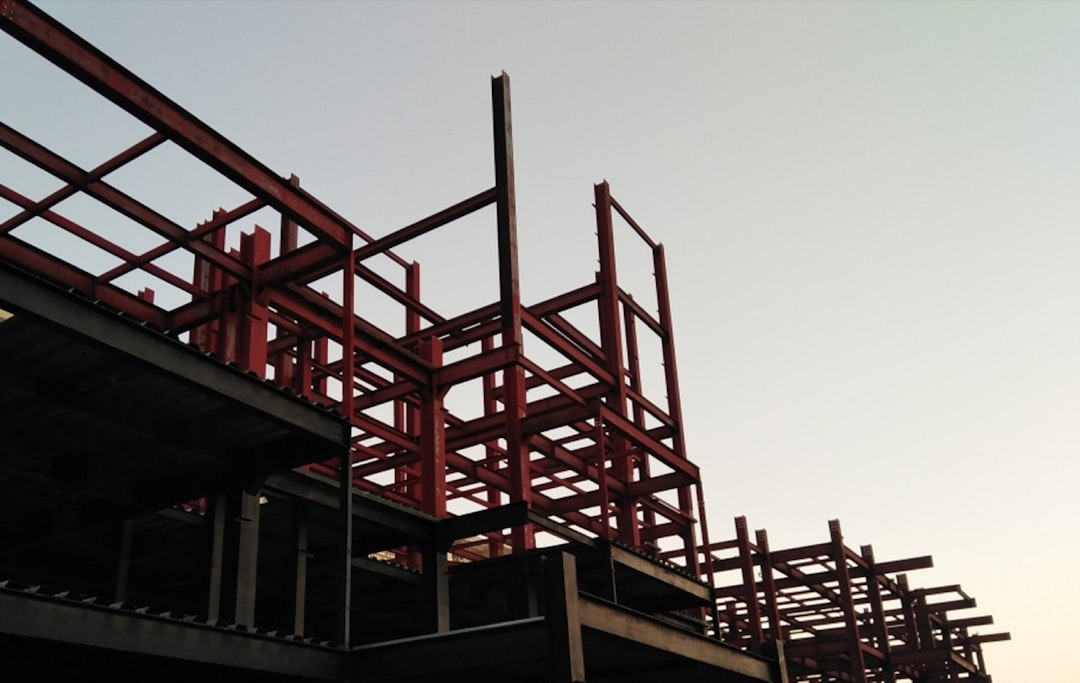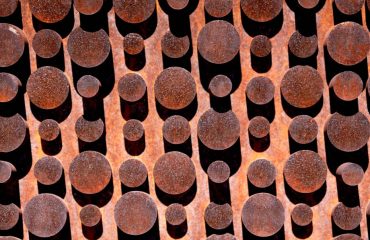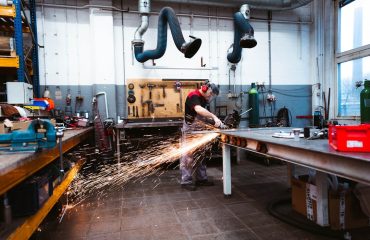Universal Parallel Flange (UPN) profiles, also known as parallel flange channels, are versatile structural steel sections widely used in various engineering applications. Understanding their properties and applications is crucial for structural engineers to design safe and efficient structures. This comprehensive guide delves into the world of UPN profiles, exploring their characteristics, design considerations, and practical applications.
Understanding UPN Profile Geometry and Properties
UPN profiles are characterized by their parallel flanges and a central web. This unique geometry provides excellent strength and stiffness, particularly in bending applications. Key geometrical properties include the overall depth, flange width, web thickness, and flange thickness. These dimensions directly influence the section’s area, moment of inertia, and section modulus – parameters crucial for structural calculations. Understanding these properties is essential for selecting the appropriate UPN profile for a specific design requirement. Different manufacturers may have slightly varying dimensions, so consulting relevant standards and manufacturer specifications is imperative. Software packages and online calculators can greatly simplify the process of determining the section properties of a given UPN profile.
Applications of UPN Profiles in Structural Design
The versatility of UPN profiles makes them suitable for a wide range of applications in structural engineering. They are frequently used as:
- Supporting Beams and Columns: Their high bending resistance makes them ideal for supporting loads in beams and columns, particularly in lightweight structures like industrial sheds or agricultural buildings.
- Bracing Members: UPN profiles are effective bracing members, providing lateral stability to structures and resisting lateral forces like wind loads. Their parallel flanges facilitate easy connection to other structural elements.
- Lintels and Headers: In masonry construction, UPN profiles serve as strong and reliable lintels, transferring loads above openings like doors and windows.
- Railings and Balustrades: Their strength and relatively slender profile make them suitable for railings and balustrades, providing both structural support and an aesthetically pleasing appearance.
- Framework for Cladding: UPN profiles form a robust framework for attaching cladding materials to buildings, ensuring stability and weather resistance.
The choice of UPN profile for a specific application depends on the anticipated loads, spans, and other design constraints. Careful consideration of these factors is crucial for ensuring structural integrity.
Design Considerations and Calculations for UPN Profiles
Designing with UPN profiles involves several crucial considerations. Accurate load calculations are paramount, taking into account dead loads, live loads, and environmental loads like wind and snow. These loads are then used to determine the required section modulus and moment of inertia. Relevant design codes and standards, such as Eurocode 3 (EN 1993) or AISC standards, must be followed to ensure compliance with safety regulations. Software tools are commonly used to simplify the design process, enabling engineers to analyze stress levels, deflections, and buckling behavior under different load scenarios. Proper connection design is equally important, ensuring that the connections between UPN profiles and other structural members are strong enough to transfer the required loads.
Advantages and Disadvantages of Using UPN Profiles
UPN profiles offer several advantages:
- High Strength-to-Weight Ratio: UPN profiles provide excellent strength relative to their weight, making them cost-effective in many applications.
- Versatility: Their geometry and ease of fabrication make them suitable for a wide range of applications.
- Easy Fabrication and Welding: UPN profiles can be readily cut, drilled, and welded, simplifying the construction process.
- Cost-Effectiveness: Compared to other structural sections, UPN profiles are often a cost-effective solution.
However, some disadvantages should also be considered:
- Limited Shear Capacity: Compared to other sections like I-beams, UPN profiles have a relatively lower shear capacity.
- Susceptibility to Buckling: Slender UPN profiles can be susceptible to buckling under compressive loads, requiring careful design considerations.
- Corrosion Potential: Like all steel sections, UPN profiles are susceptible to corrosion, requiring appropriate surface treatments or protective coatings.
Selecting the Right UPN Profile: A Practical Guide
Selecting the appropriate UPN profile involves a systematic approach. Begin by accurately determining the loads and spans involved. Next, use relevant design codes and standards to calculate the required section properties (section modulus and moment of inertia). Based on these calculations, choose a UPN profile from manufacturer catalogs that meets or exceeds the required properties. Consider factors such as availability, cost, and ease of fabrication. Finally, verify the design using appropriate software or hand calculations to ensure that the chosen profile meets all design requirements and satisfies safety regulations. Remember to account for potential connection details and fabrication tolerances during the selection process.
By carefully considering these factors, engineers can effectively utilize UPN profiles to create robust and efficient structures. The versatility and strength of UPN profiles make them a valuable asset in the structural engineer’s toolbox.




